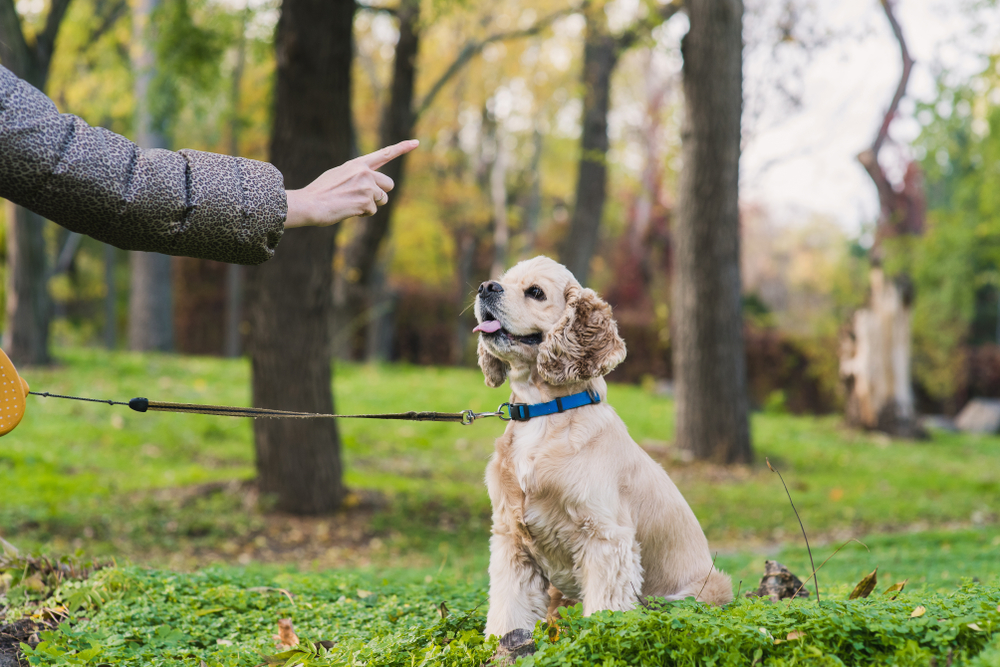Common Mistakes to Avoid During Dog Training for Better Results
Common Mistakes to Avoid During Dog Training for Better Results
Blog Article
Transform Your Pet dog's Habits With Proven Training Approaches
Changing your pet dog's habits requires a nuanced understanding of their specific qualities and requirements, as well as the application of proven training approaches. Consistency in your training approach not just improves obedience but additionally fosters a much deeper bond of count on and regard between you and your pet dog.
Recognizing Canine Behavior
Comprehending dog actions is necessary for efficient training and interaction between humans and their canine buddies. Canines, as social animals, show a variety of behaviors affected by genes, atmosphere, and experiences - Dog training. Recognizing these actions helps proprietors tailor their training approaches to meet the certain needs of their pet dogs
Key elements of canine habits include body language, vocalizations, and social interactions. As an example, a wagging tail typically shows enjoyment, while a decreased head may indicate entry or worry. Understanding these signals can help owners translate their pet's emotional state and respond properly. Furthermore, socialization plays a crucial role in forming actions; dogs that engage favorably with numerous individuals and various other pets are typically more adaptable and well-adjusted.
Additionally, identifying stress and anxiety signals-- such as pacing, panting, or evasion behaviors-- can prevent escalation into much more severe concerns. Proprietors that are in harmony with their canine's habits can create a nurturing and secure atmosphere, fostering trust fund and improving the training procedure. Ultimately, a deep understanding of canine behavior lays the foundation for a harmonious partnership and efficient training results, making sure both canines and their owners flourish with each other.
Positive Support Techniques
Positive reinforcement techniques are widely identified as one of one of the most reliable approaches for training pet dogs, promoting a favorable understanding atmosphere. This strategy involves satisfying preferred actions with deals with, praise, or play, thereby encouraging the pet to repeat those actions. Unlike punitive approaches, positive support develops trust and reinforces the bond between the fitness instructor and the dog.
Rewards need to be offered right away adhering to the desired behavior to help the pet make the connection. Consistency is likewise necessary; making use of the same commands and rewards helps the canine comprehend what is anticipated.
It is essential to keep in mind that favorable support is not about bribery; rather, it has to do with strengthening etiquette. Gradually, as the pet dog learns to connect particular actions with positive results, the frequency of rewards can be slowly reduced, transitioning to verbal appreciation or recurring incentives. This method not just encourages obedience but additionally promotes a confident and delighted pet dog, making training a much more enjoyable experience for both parties included.
Attending To Typical Issues
Attending to common issues throughout pet dog training is vital for guaranteeing a successful and unified connection between the pet and its proprietor. Numerous dog owners run into behavior challenges, such as excessive barking, leaping, and leash drawing. Comprehending the source of these habits is vital for efficient training.
To reduce this, give adequate physical exercise, psychological stimulation, and opportunities for social interaction with both people and other canines. Educating the canine to rest upon greeting can redirect this actions positively.
Chain pulling is an additional common issue, regularly resulting from a pet dog's passion to discover. Making use of correct chain managing strategies, combined with training procedures that urge loose-leash strolling, can substantially boost this behavior.
Furthermore, concerns like source safeguarding or splitting up anxiety require tailored methods. Steady desensitization and counter-conditioning can be reliable in dealing with these difficulties. By identifying and proactively taking care of these usual issues, dog owners can foster a much more satisfying training experience and reinforce the bond with their canine companions.
Consistency in Training

To attain uniformity, it is crucial that all members of the household comply with the very same training methods. Using the same verbal cues and hand signals makes certain that the pet dog gets uniform messages. Additionally, the timing of incentives and improvements should be regular; immediate reinforcement raises the possibility that the pet will link the behavior with the end result.
Regular practice sessions, combined with organized schedules for feeding, walking, and playtime, assistance pets anticipate and comprehend their atmosphere, making them extra receptive to training. Ultimately, consistency promotes a feeling of protection and count on, equipping pet dogs to find out more efficiently.
Building a Strong Bond
How can fostering a strong bond between a dog and its proprietor boost the training experience? A strong connection developed on depend on and regard functions as the foundation for effective training. When a dog really feels secure in its link with its proprietor, it is most likely to show favorable habits and be receptive to learning. This bond motivates the dog to engage fully in training sessions, as it sees the owner as a resource of advice and assistance.
Furthermore, a strong bond facilitates far better interaction. Canines are proficient at checking out human signs, and a relying on partnership enables clearer signals throughout from this source training. Owners that invest time in building this bond with play, socialization, and positive reinforcement produce an atmosphere where dogs really feel motivated and anxious to find out.
Additionally, a reputable link can lower anxiety and behavior issues, as pet dogs are less likely to act out when they really feel understood and looked after. For that reason, focusing on the development of a strong bond not just enhances the training experience however also contributes to a better and more well-adjusted pet dog. Eventually, the trip of training changes into a joint partnership, leading to lasting behavior renovations.
Final Thought

Owners that are attuned to their canine's actions can create a nurturing and risk-free setting, cultivating trust fund and boosting the training procedure. Inevitably, a deep understanding of canine actions lays the structure for an unified relationship and reliable training end results, guaranteeing both canines and their owners thrive with each other.
Resolving usual concerns throughout canine training is vital for making sure a unified and successful connection between the pet and its proprietor.Consistency is a foundation of effective dog training, as it develops a clear Resources structure for the pet dog to understand expectations and behaviors.In conclusion, changing a canine's actions with verified training methods requires an understanding of canine behavior, the application of favorable reinforcement strategies, and an emphasis on consistency.
Report this page